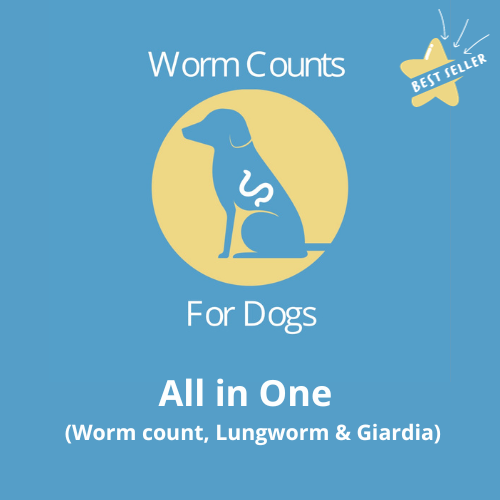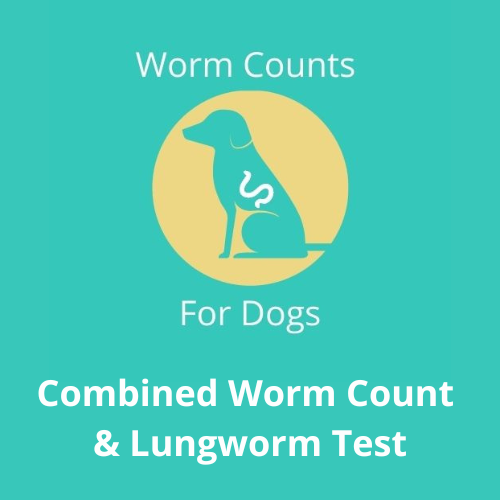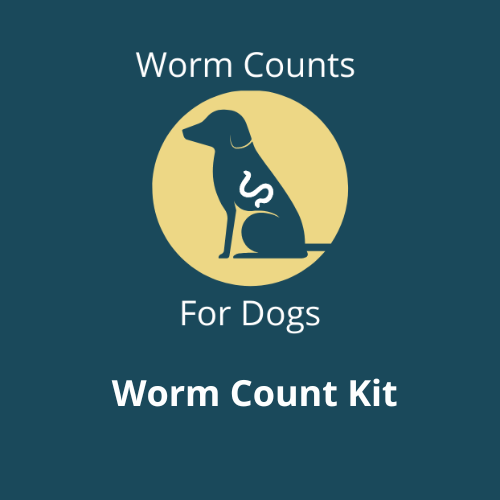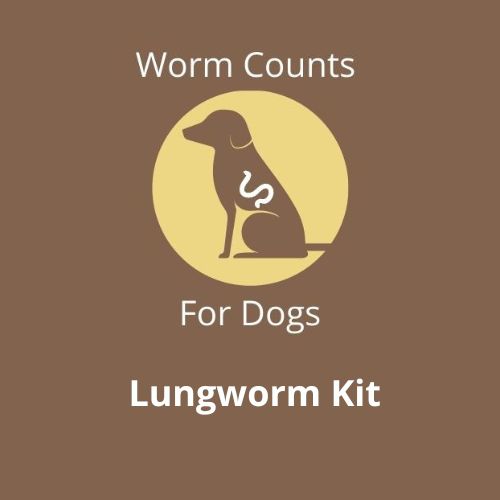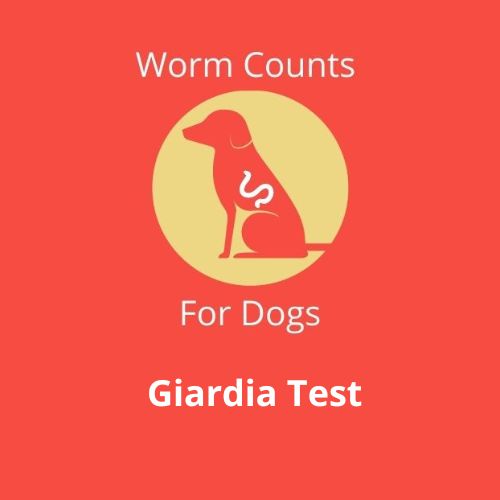Intestinal worms are a common issue for dogs in the UK, posing significant health risks if left untreated. Knowing the types of worms, how dogs can contract them, and how to prevent infestations is essential.
In this post, we'll discuss two of the most common worms found in dogs - roundworms and tapeworms, and explain how dogs can get them.
Before we go on, if you're not sure which worm count test you might need, check our guide on this page.
Roundworms:
Roundworms are particularly common in puppies but can affect dogs of any age. These worms are often transmitted from mother to puppy during pregnancy or nursing. Dogs can also contract roundworms by ingesting contaminated soil or faeces.
Roundworm can grow to a few centimetres long and look like string or spaghetti.
But just because your dog doesn't eat poo, they're not out of the woods! They can get worms from simply licking or even sniffing poo which is infected with larvae.
How Dogs Get Roundworms:
- From mother to puppy during pregnancy or nursing
- Ingesting contaminated soil or faeces
- Sniffing or licking contaminated soil or faeces
Symptoms of Roundworm Infestation:
- Pot-bellied appearance in puppies
- Diarrhoea or vomiting
- Weight loss despite a normal or increased appetite
- Coughing if larvae migrate to the lungs
- Visible worms in faeces
- Often little or no symptoms
Tapeworms:
Tapeworms are often transmitted through fleas or by eating raw meat or infected prey. Dogs can ingest fleas carrying tapeworm larvae while grooming or eating infected animals.
Tapeworms can be up to 50 centimetres long and segments shed in poo and will look like grains of rice.
How Dogs Get Tapeworms:
- Ingesting infected fleas during grooming
- Eating raw meat or prey infected with tapeworm larvae
Symptoms of Tapeworm Infestation in Dogs:
- Segments of tapeworms visible in faeces or around the anus (resembling grains of rice)
- Scooting or dragging the bottom due to irritation
- Weight loss
- Diarrhoea
Understanding the most common types of worms that can affect your dog and how they can get them is crucial for their health and well-being.
Having a plan in place to managing intestinal health is vital for your dog. We recommend worm count testing a few times a year regardless of your method of controlling worms.
This may involve regular worming treatments (chemical or natural worming), regular worm count tests to check your protocol is actually working, maintaining a clean environment, and practicing good hygiene are key to preventing worm infestations.
If you suspect your dog has worms you can complete a worm count test very easily, or consult your veterinarian for appropriate treatment.
By staying informed and proactive, you can protect your beloved pooch from the discomfort and health risks associated with intestinal worms.


